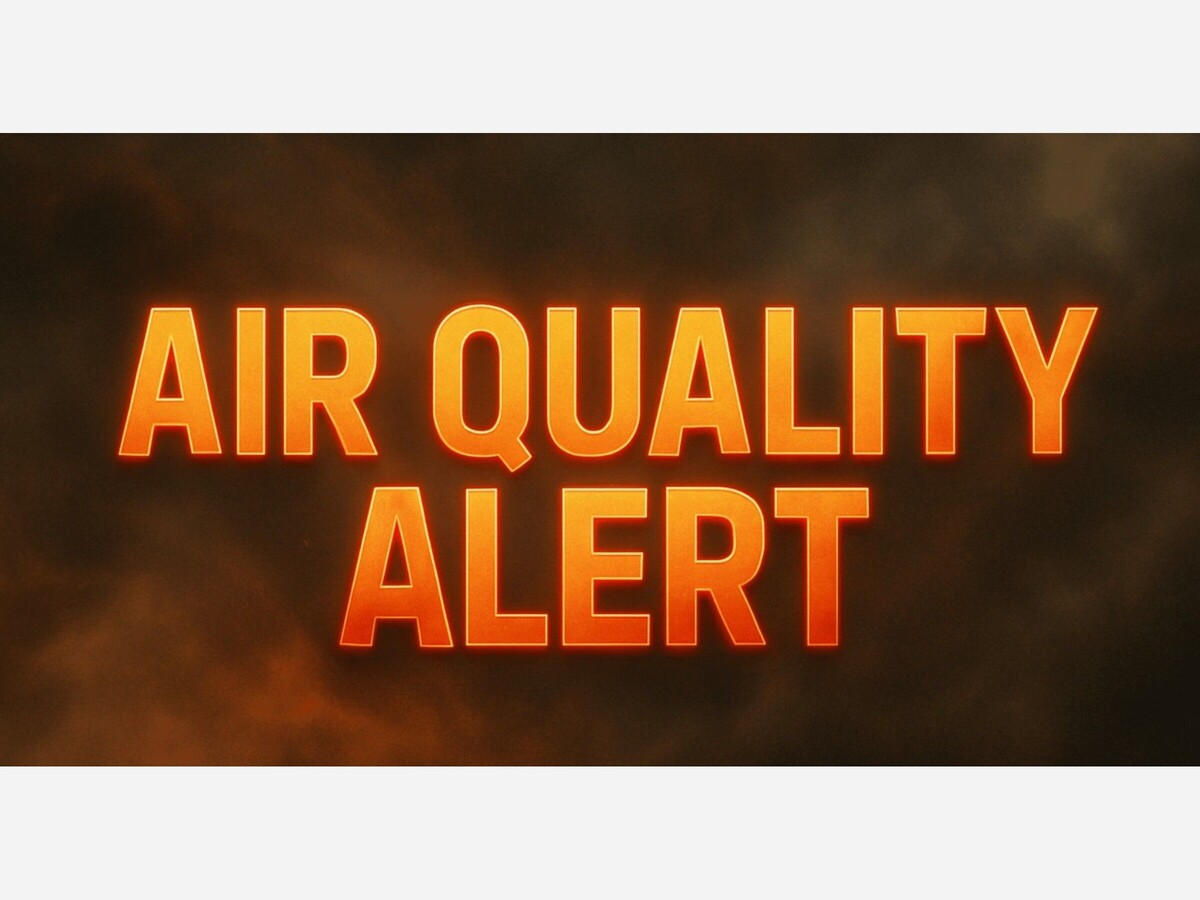Image


By MinneapoliMedia Staff | August 1, 2025
(Minneapolis, MN) — A heavy, gray haze has settled over Minnesota — and with it, a dire public health warning.
As wildfire smoke from Canada continues to pour across the border, Minnesota now ranks among the most polluted places on Earth. According to IQAir, the state’s air quality has, at times, been worse than in cities like Delhi and Jakarta — urban centers long known for their smog-choked skies.
“This level of air pollution is not normal for Minnesota,” said David Brown, air quality meteorologist with the Minnesota Pollution Control Agency (MPCA). “The sheer size and persistence of the Canadian wildfires this year have created an unprecedented pattern of smoke transport into the upper Midwest.”
At the core of this environmental emergency is an Air Quality Index (AQI) that has soared into the “very unhealthy” range across much of the state. Inhalation of tiny smoke particles, known as PM2.5, is especially dangerous — penetrating deep into the lungs, entering the bloodstream, and triggering respiratory and cardiovascular issues.
The MPCA has issued a statewide air quality alert through Saturday evening, urging all Minnesotans — particularly children, seniors, pregnant individuals, and people with preexisting conditions — to avoid time outdoors and take precautions.
But for thousands of Minnesotans living in underserved communities, those precautions may be out of reach.
In neighborhoods already overburdened by environmental injustice, families may lack access to air purifiers, sealed indoor ventilation, or real-time public health alerts. Many continue working outdoors — delivering packages, maintaining roads, or caring for homes — with little protection or recourse.
According to the CDC, exposure to PM2.5 pollution can trigger asthma attacks, worsen heart and lung disease, and increase the risk of stroke. Vulnerable groups face the highest health risks — yet often have the fewest resources to shield themselves.
This smoke crisis is not just a natural disaster — it is a test of Minnesota’s public health preparedness, climate resilience, and moral responsibility to protect those most at risk.
Minnesotans are no strangers to harsh winters, but this summer has brought a chilling new reality: smoke season.
With Canadian wildfires burning longer, hotter, and more frequently, these events are no longer rare — they’re becoming a fixture of the warm months. And scientists warn that as climate change accelerates, the health toll of smoke exposure will continue to rise.
“We are not just dealing with temporary bad weather,” Brown emphasized. “We’re dealing with the cumulative effects of a changing climate that knows no borders.”
The state has taken important steps by issuing alerts, but emergency response must go further:
The burden should not fall on individuals alone — especially not those without the means to protect themselves. As climate events escalate, Minnesota’s government must act swiftly and equitably, ensuring that every resident — regardless of income, language, or ZIP code — has the tools to breathe safely.
To protect yourself and your family during smoke emergencies:
The smoke may lift in a few days — but its impact, especially in the lungs of children and elders, may linger far longer. This crisis demands more than reactive alerts; it demands a proactive, justice-oriented approach to public health and climate policy.
If clean air is a human right, then every breath we take in Minnesota — especially now — should remind us how urgent the fight to protect it has become.
For continued updates on air quality and community safety, follow MinneapoliMedia or subscribe to our newsletter.